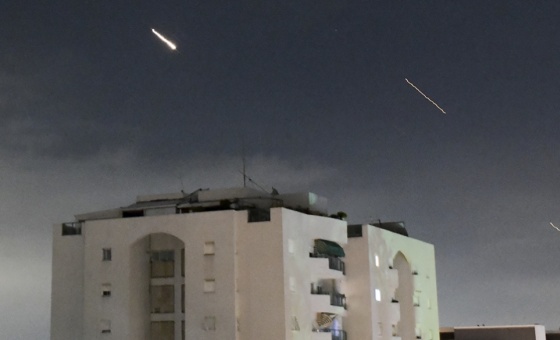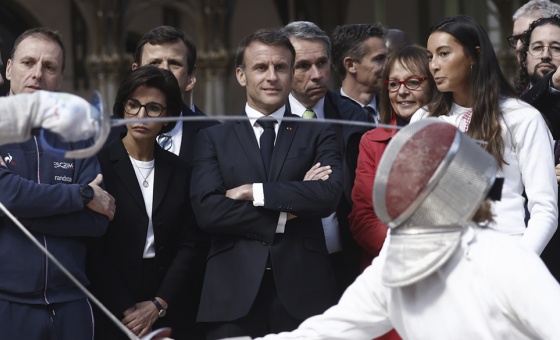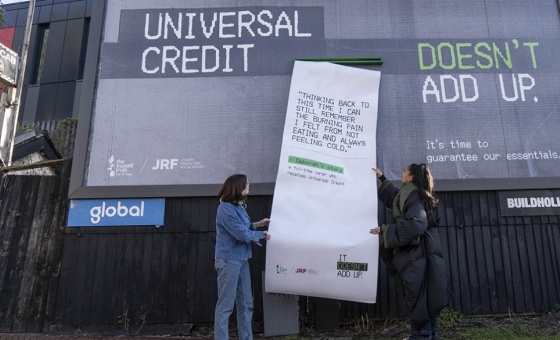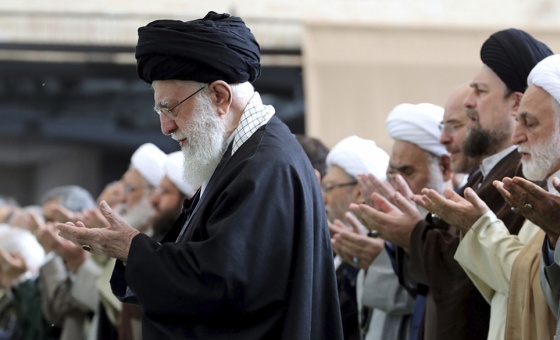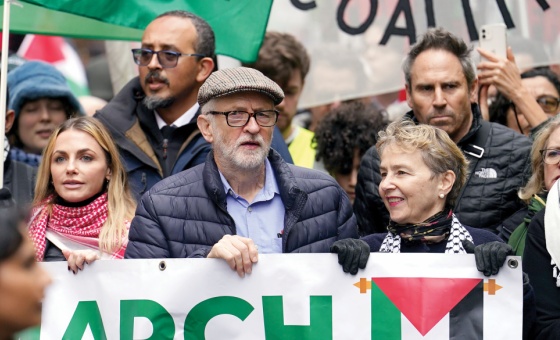This is the last article you can read this month
You can read more article this month
You can read more articles this month
Sorry your limit is up for this month
Reset on:
Please help support the Morning Star by subscribing here
Alexander Zyw,
Before & After, work from 1934–1951
The Scottish Gallery, Edinburgh
THE most worthy of attention show in lockdown Edinburgh is also the most modest. A dozen paintings in a small room at the Scottish Gallery amount to an account of the impact of WWII on the soul, the mind and the canvas of a great modernist you have probably never heard of.
The artist is Alexander Zyw (1905–1995), who trained in pre-war Poland and who, by a series of accidents, lived in Edinburgh from 1941 – 1970.
He resided in France when Nazi Germany attacked, fought as machine gunner with Polish units. After defeat he escaped via Spain and then wangled the position of war artist with a Polish 1st armoured division based in Scotland.
He fought with them from Normandy to Belgium and Holland, and then returned to Scotland and refought the war on canvas.
Zyw is was artist of exceptional immediacy and sensitivity to place. His restless and urgent style seems to connect many currents of modernism while never betraying the authenticity of his own experience.
You scent Henri Matisse in his pre-war watercolours in Santorini, and Maurice Utrillo in his Parisian work of the ‘30s, but the war sketchbooks and paintings accelerate this gift, and threaten to destroy it altogether.
The landscapes fill with an infinity of faceless soldiers like Mordor, and tanks lurk under pencil studies of trees. This recalls Hamilton Findlay whose art was defined by his experience of post-war Europe; but Zyw, you feel, is really there in the battle and so assured of touch that he can represent it.
But it is the post-war work that takes the breath away. His Flowerpiece (45) seems to restate his self-belief, the contract between life force and painting and it is an admirable work whose blossom expands beyond the frame.
But painting cannot remain the same and this is just the first step in a rapidly developing response. His trajectory is much like that of David Bomberg, of whom he might have known. He is suddenly handling paint with the liquid intensity of Soutine and to me his An Teallach 1 is a vision of Scottish landscape that is still peerless. But he goes further.
Zyw’s family perished in Poland and he turns to a different art that redefines the human. These thrilling tormented figures, and this totalising vision of the human, anticipate Willem de Kooning.
The sheer recklessness is thrilling, and desperate, but the frenzy is part of the vision. The Dance, In Depth and Susannah and they form part of a remarkable period of inspiration in the late ’40s with a feeling that humanity itself is at stake.
Zyw’s career is fascinating because he is committed to continuous forward development in direct response to his times. You leave wanting more.
Ends November 25 2020. To view visit https://mstar.link/Zyw.



